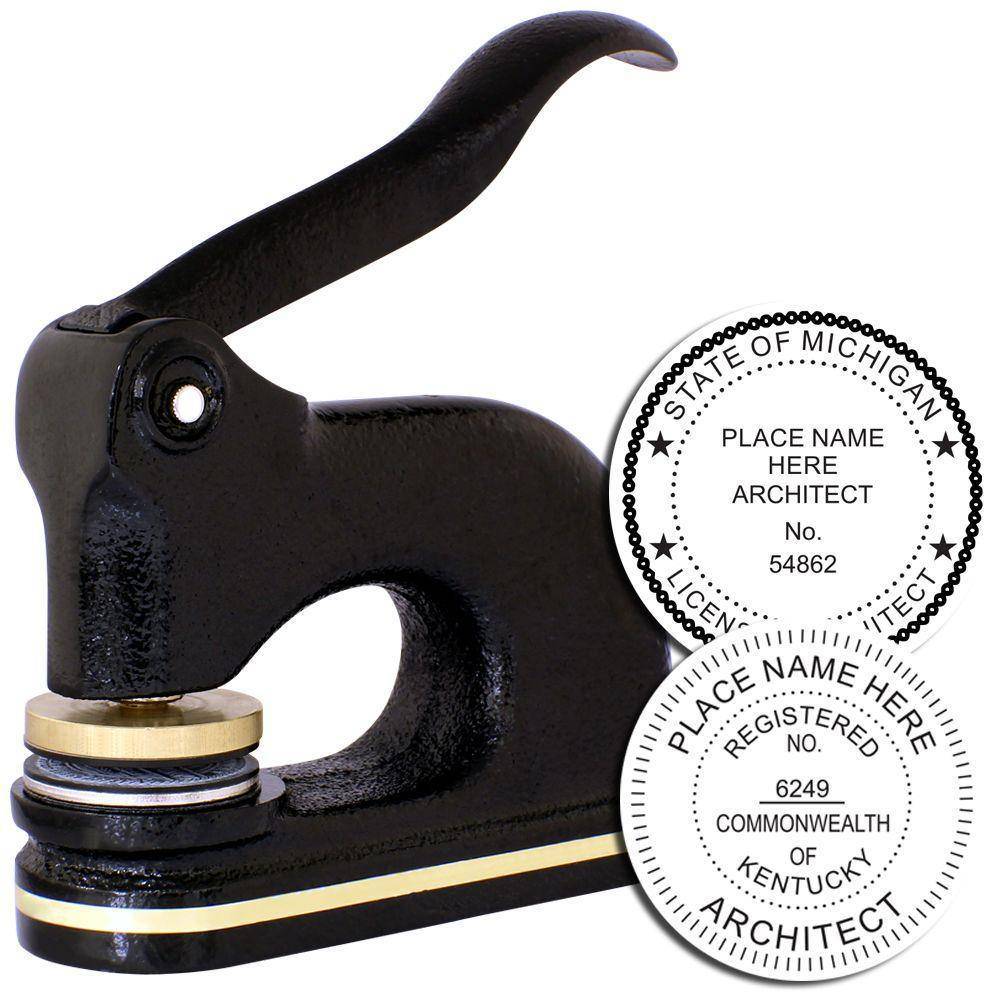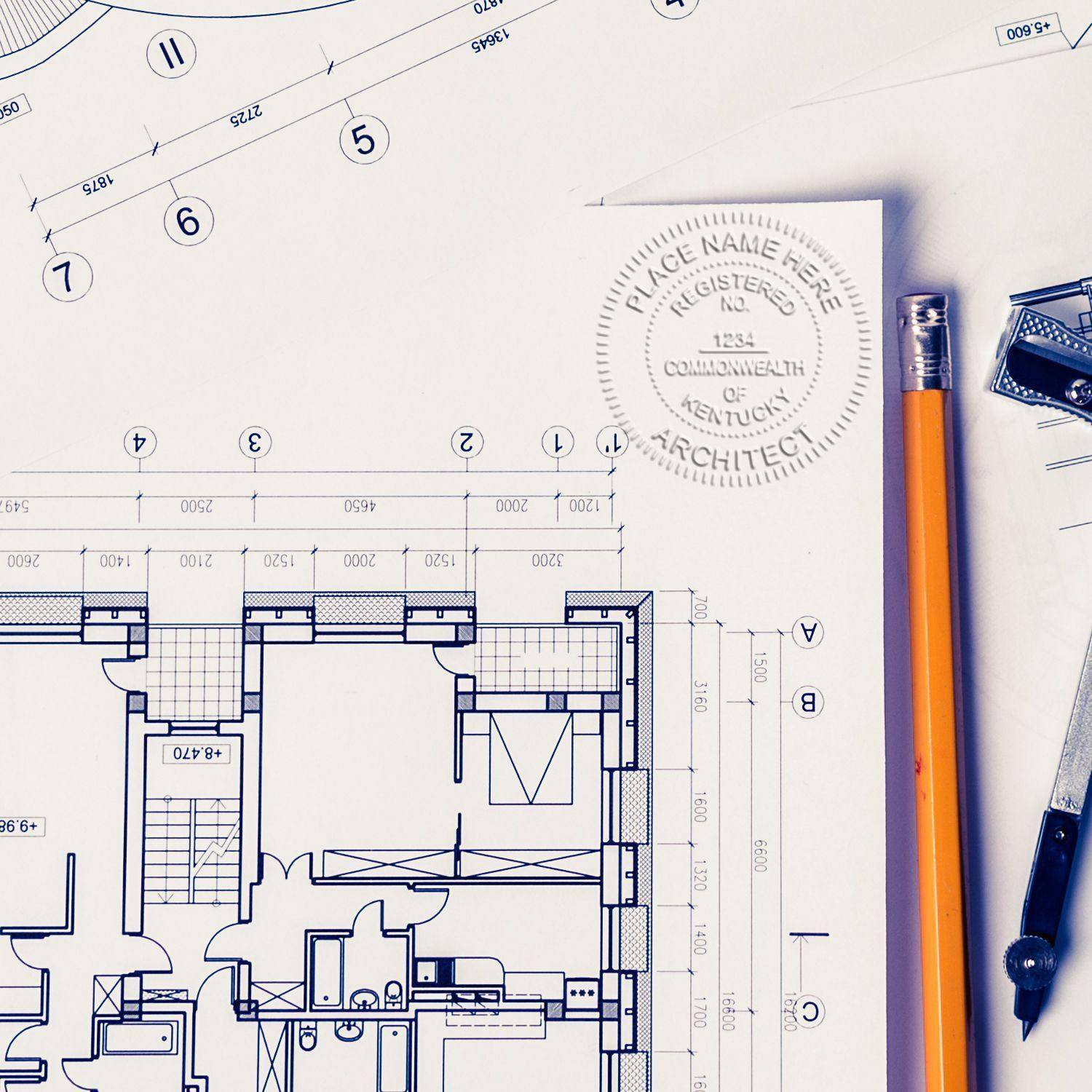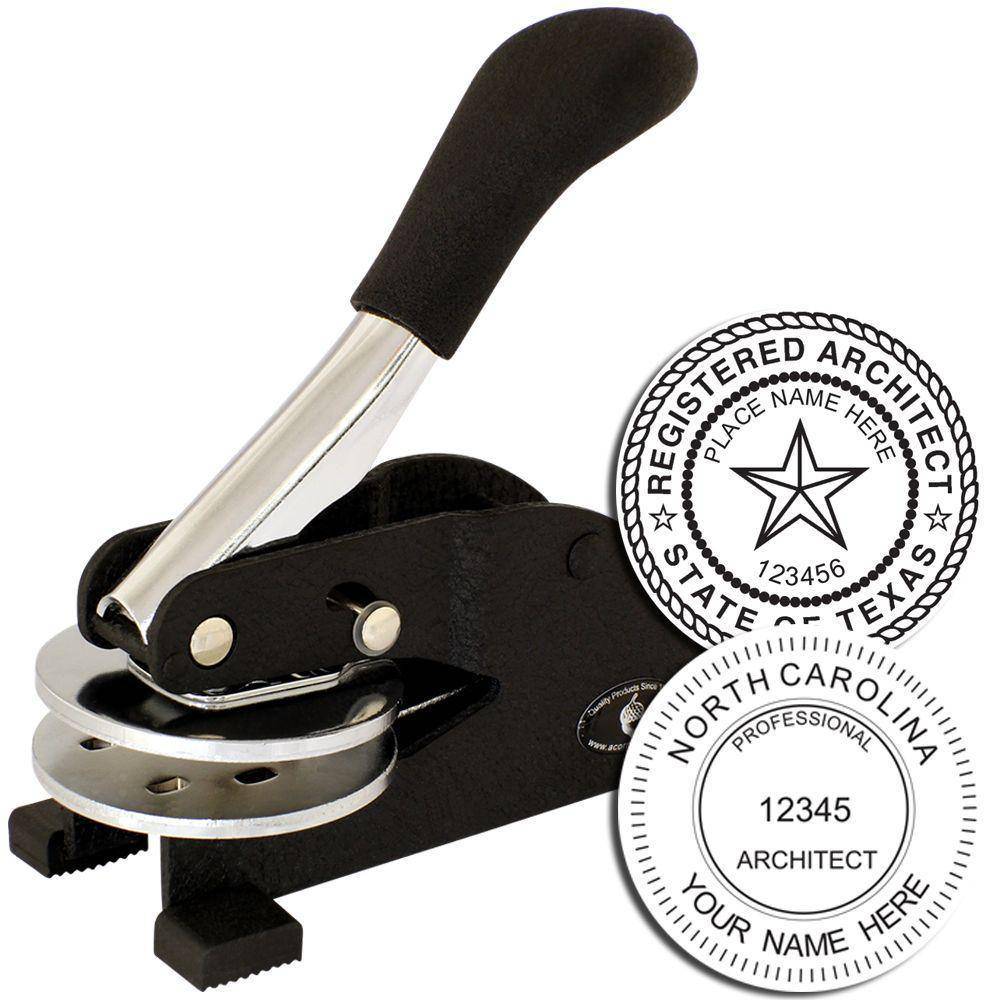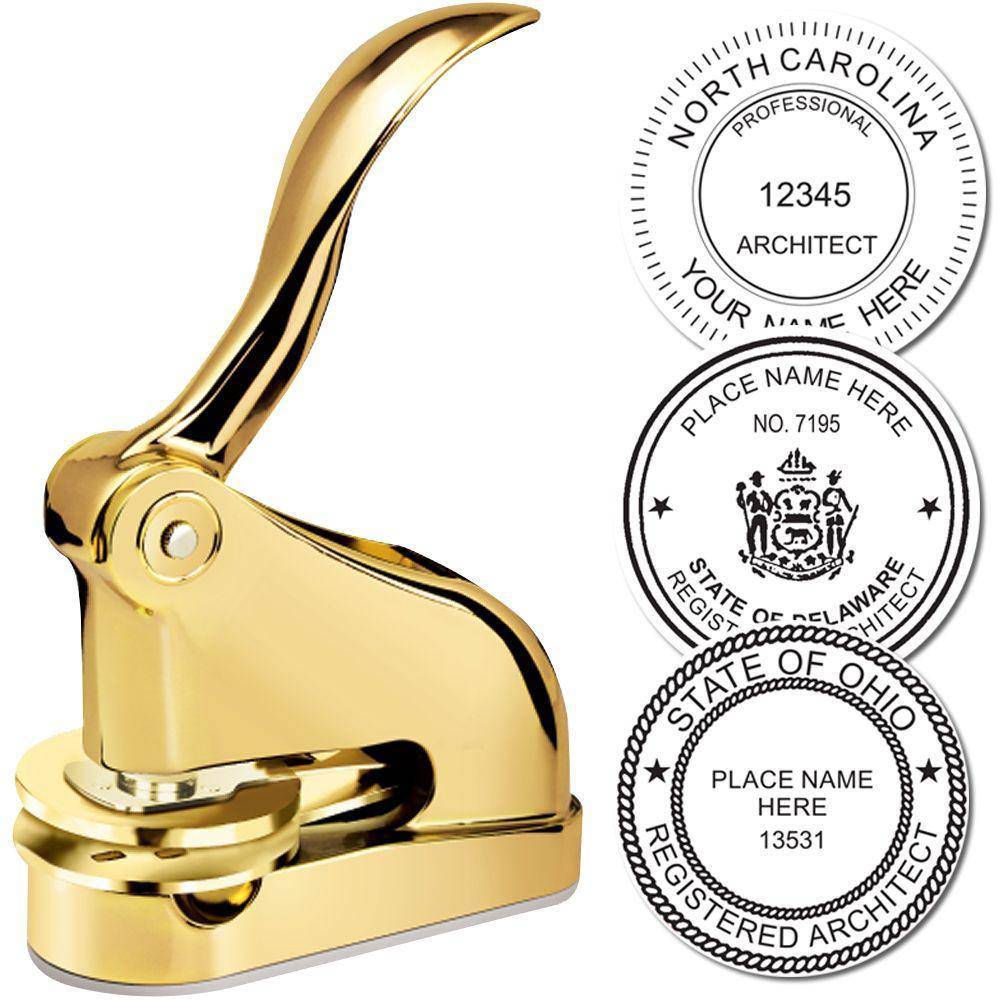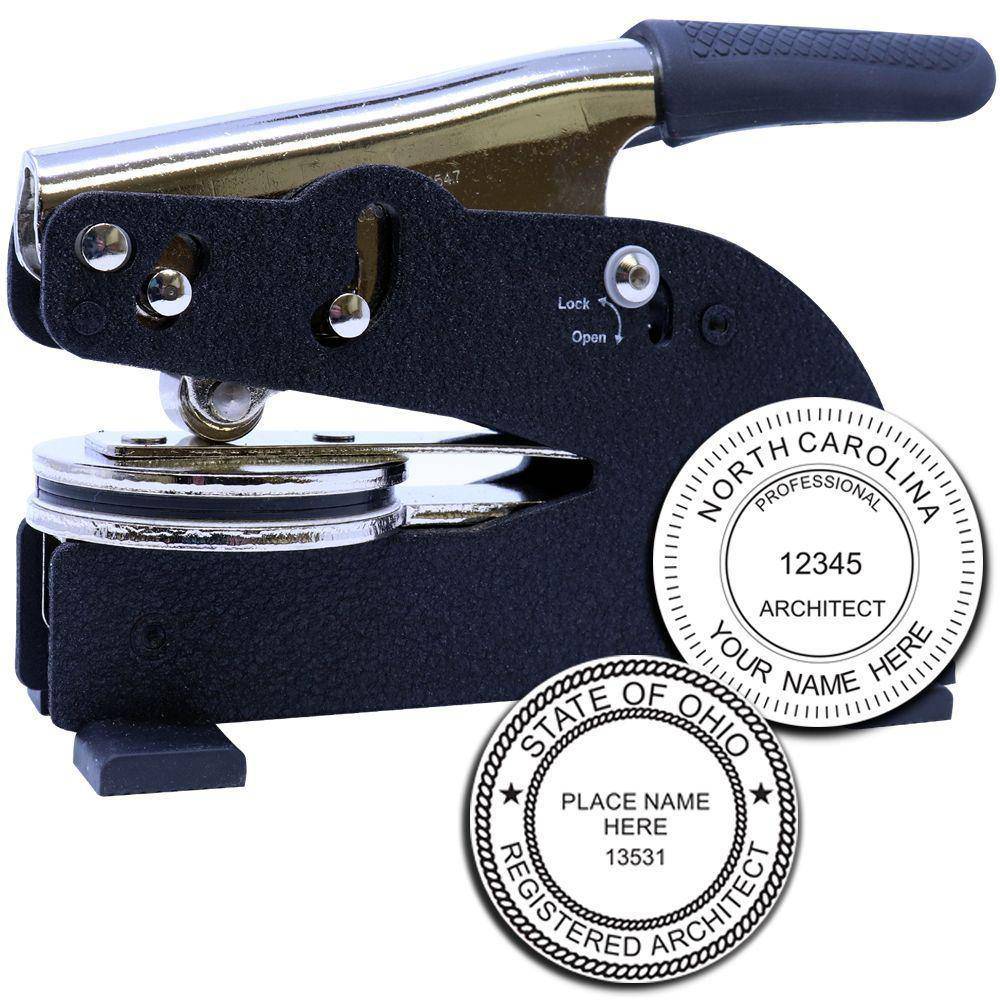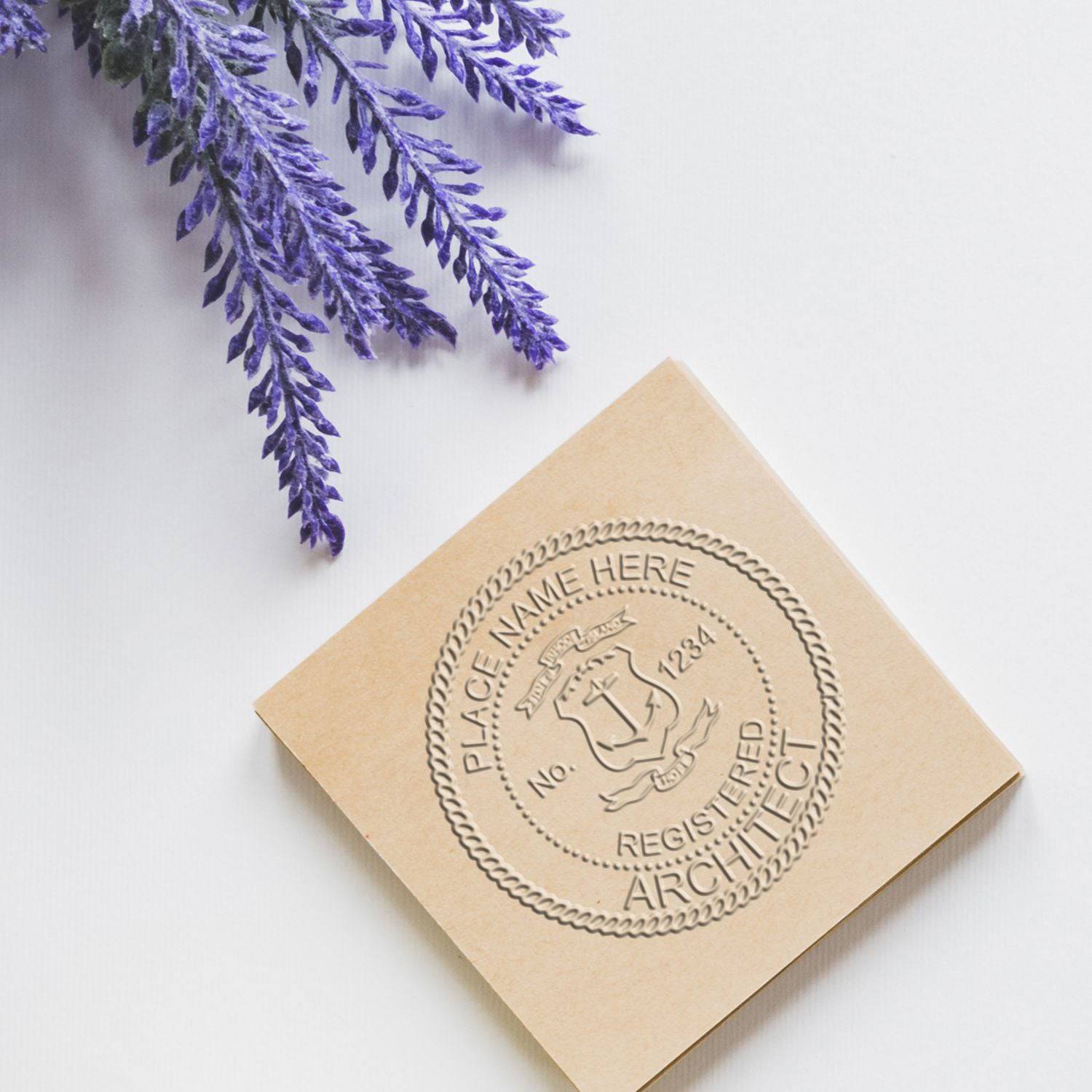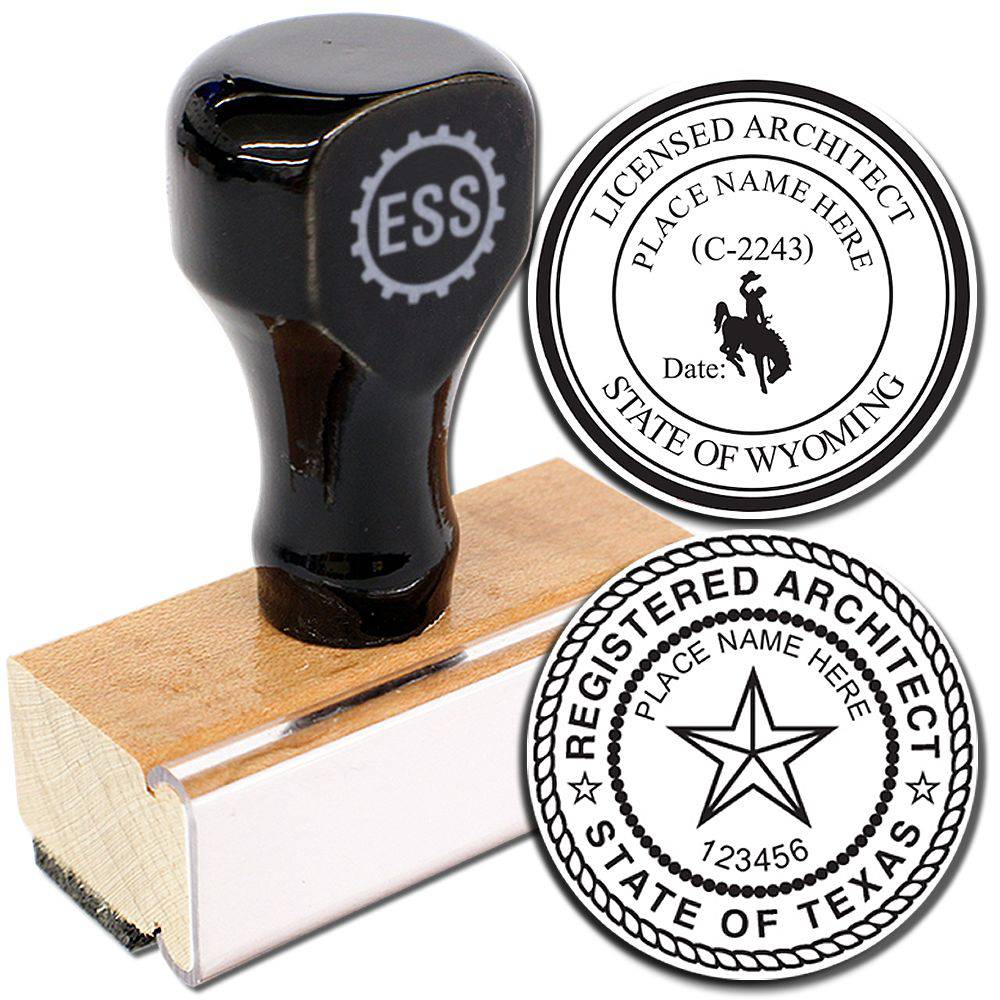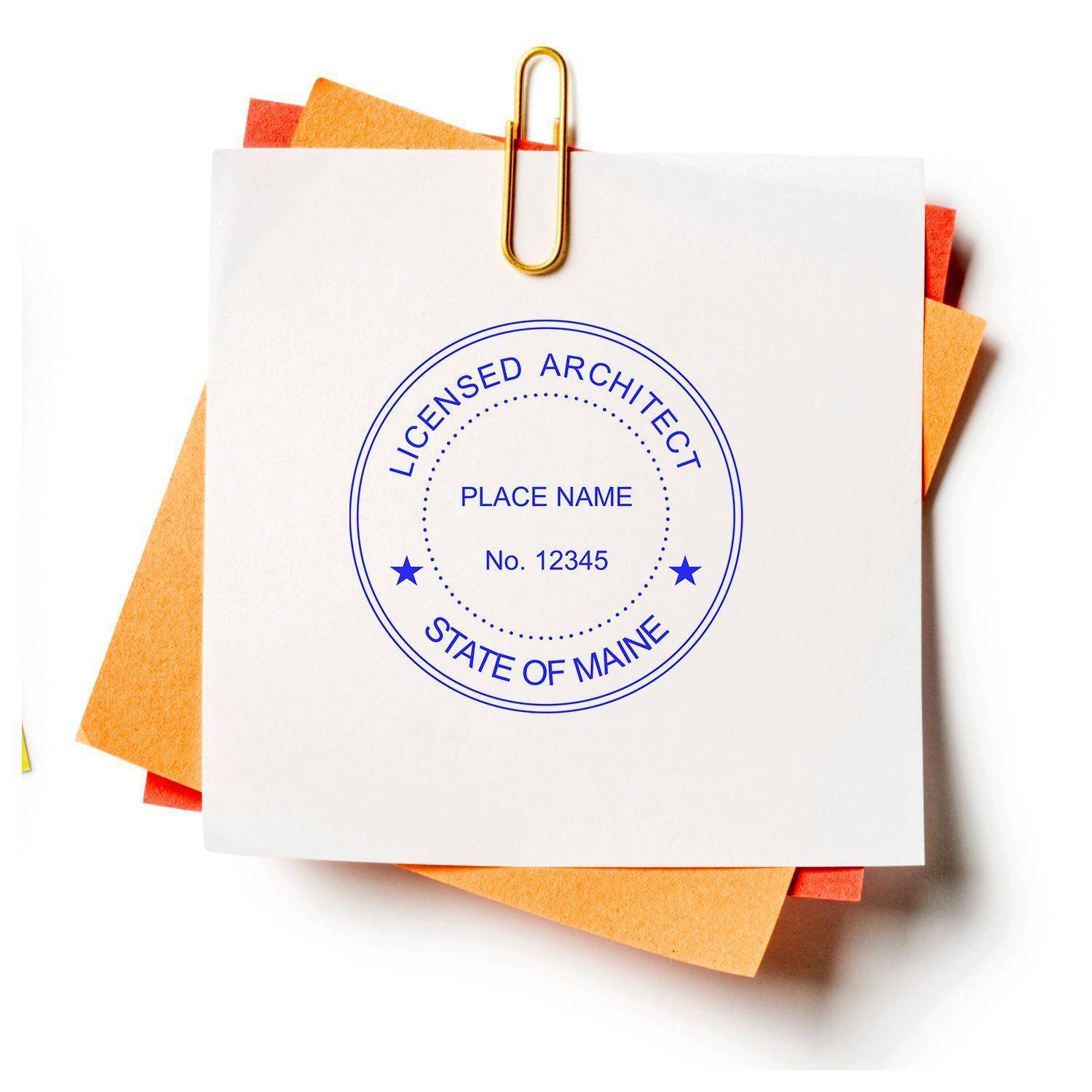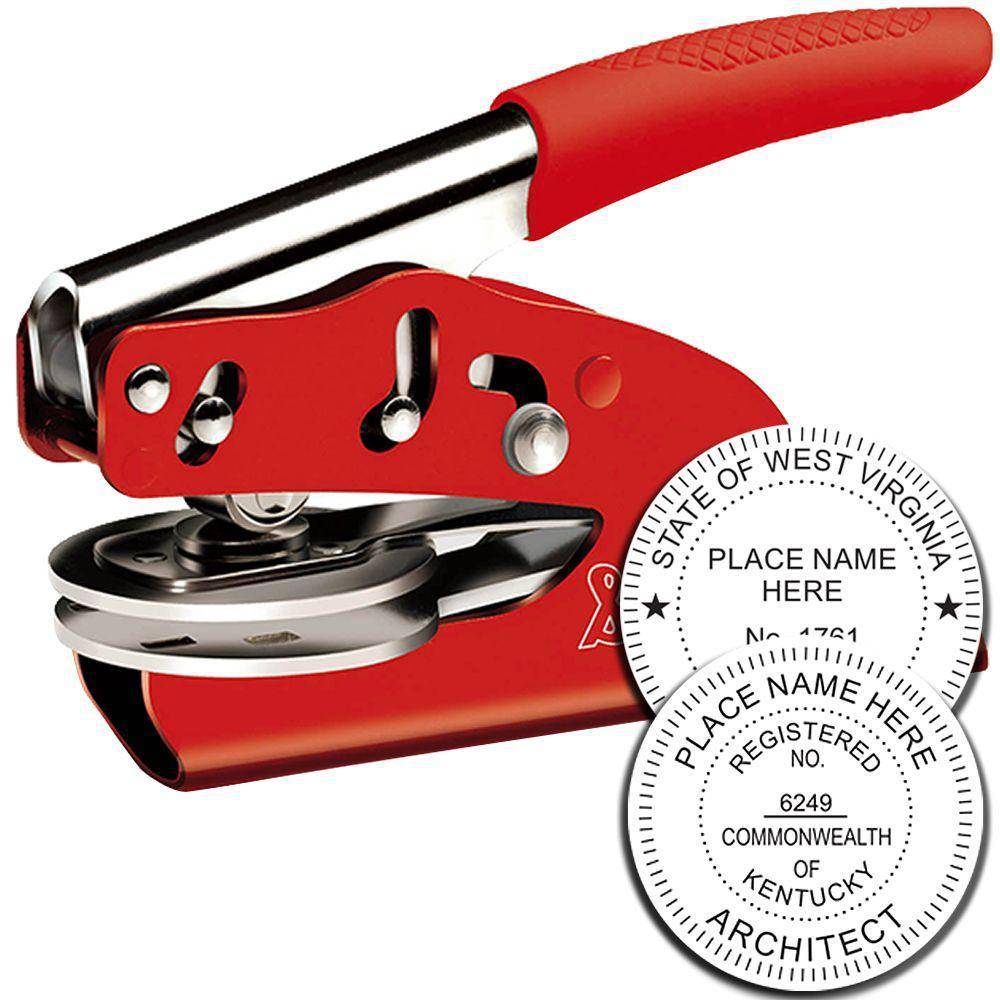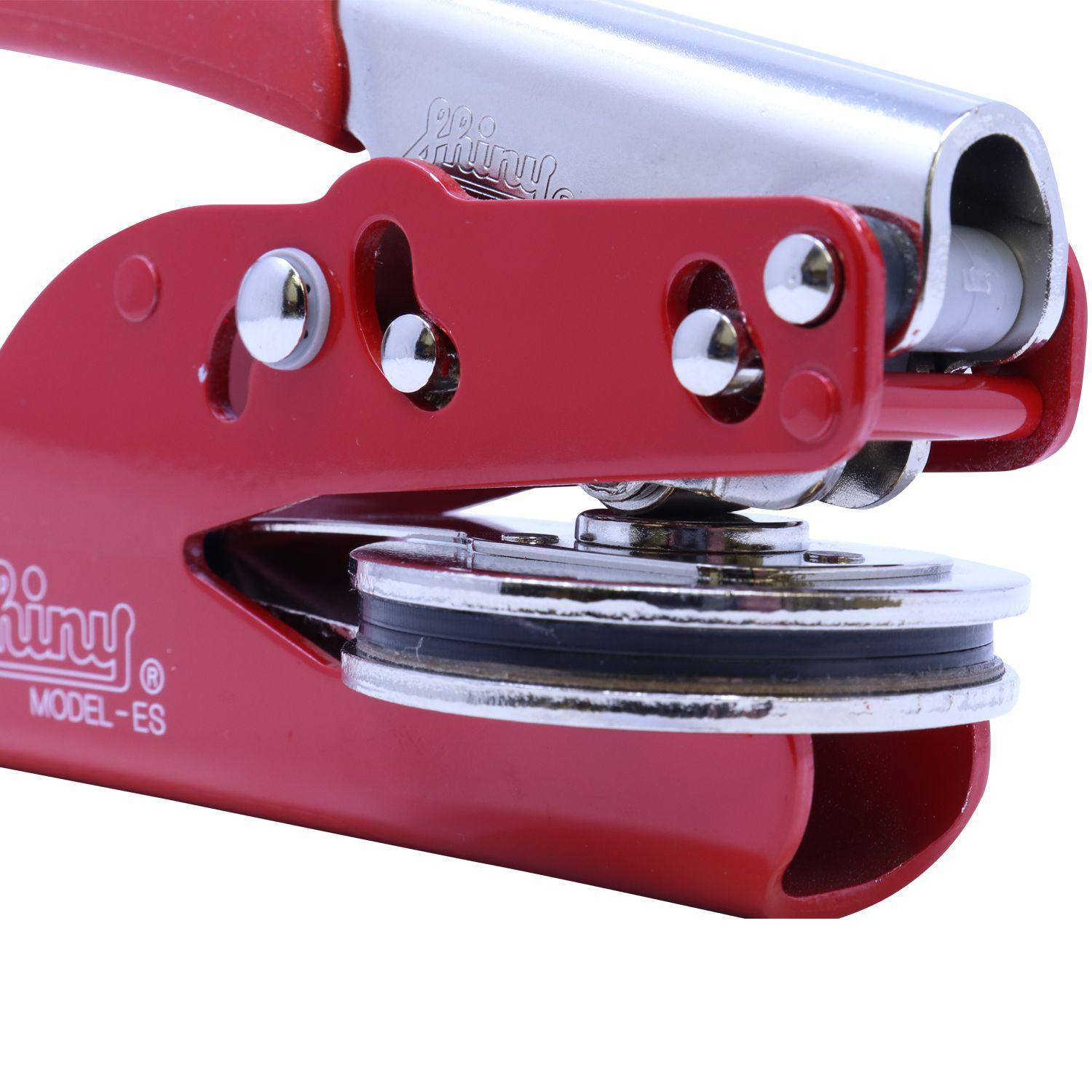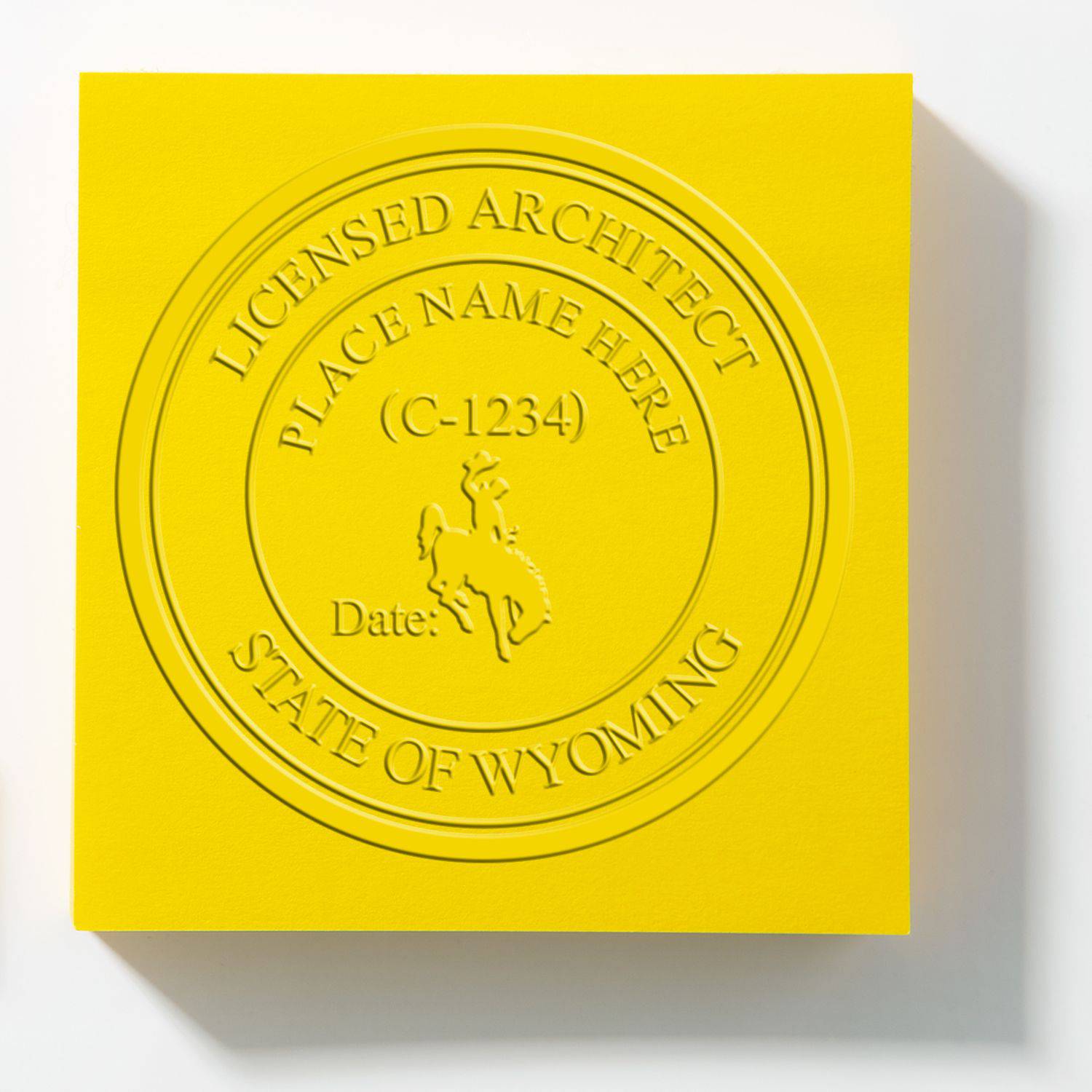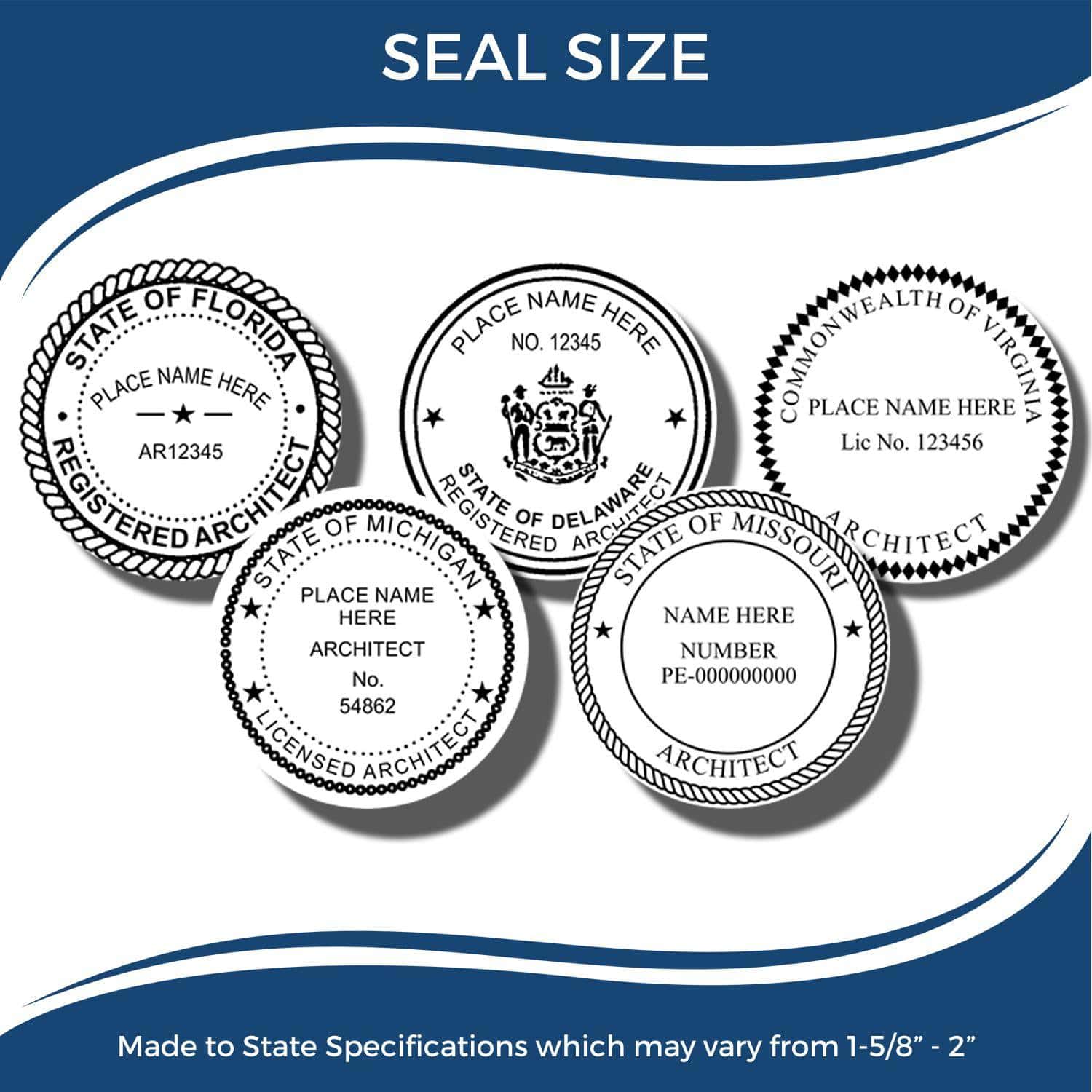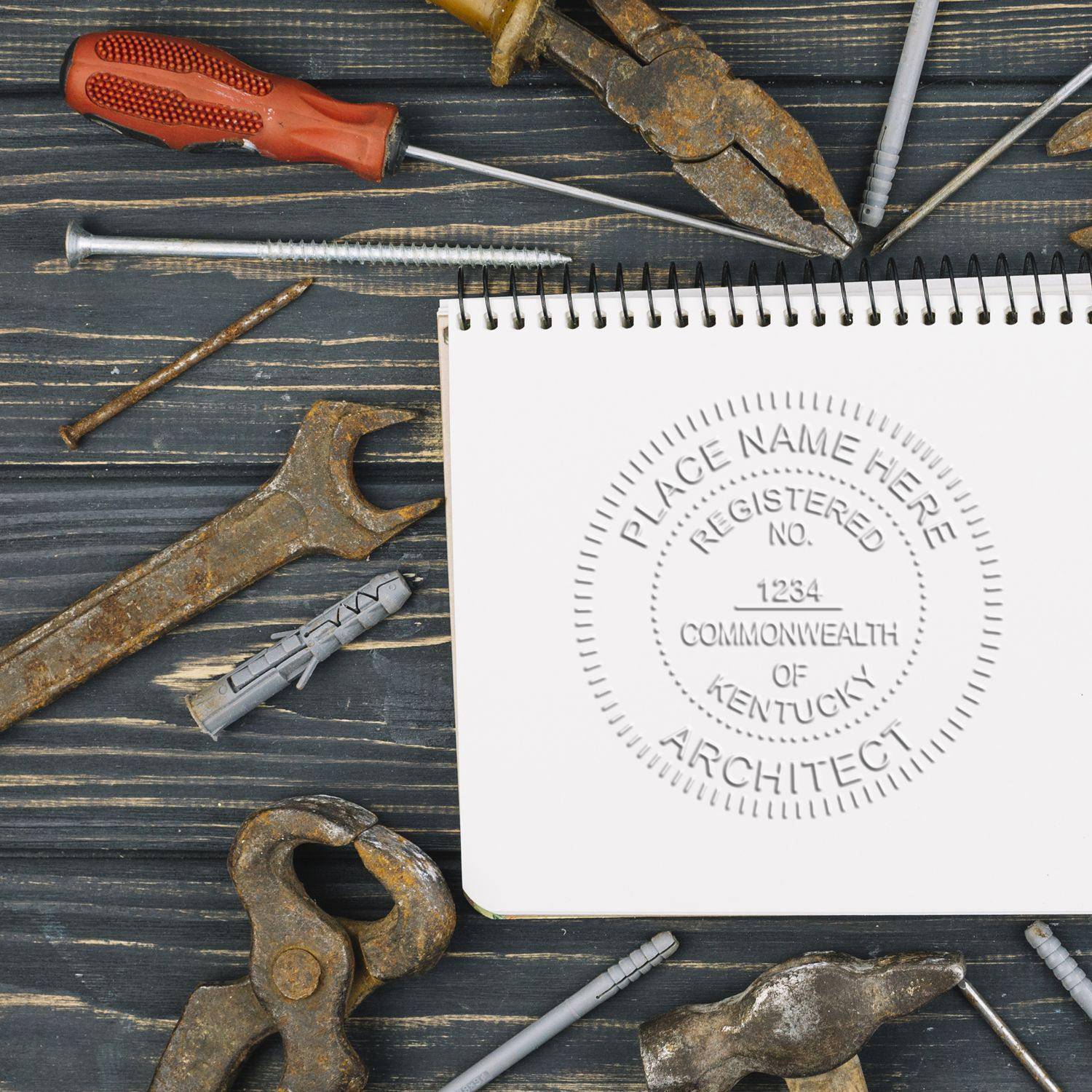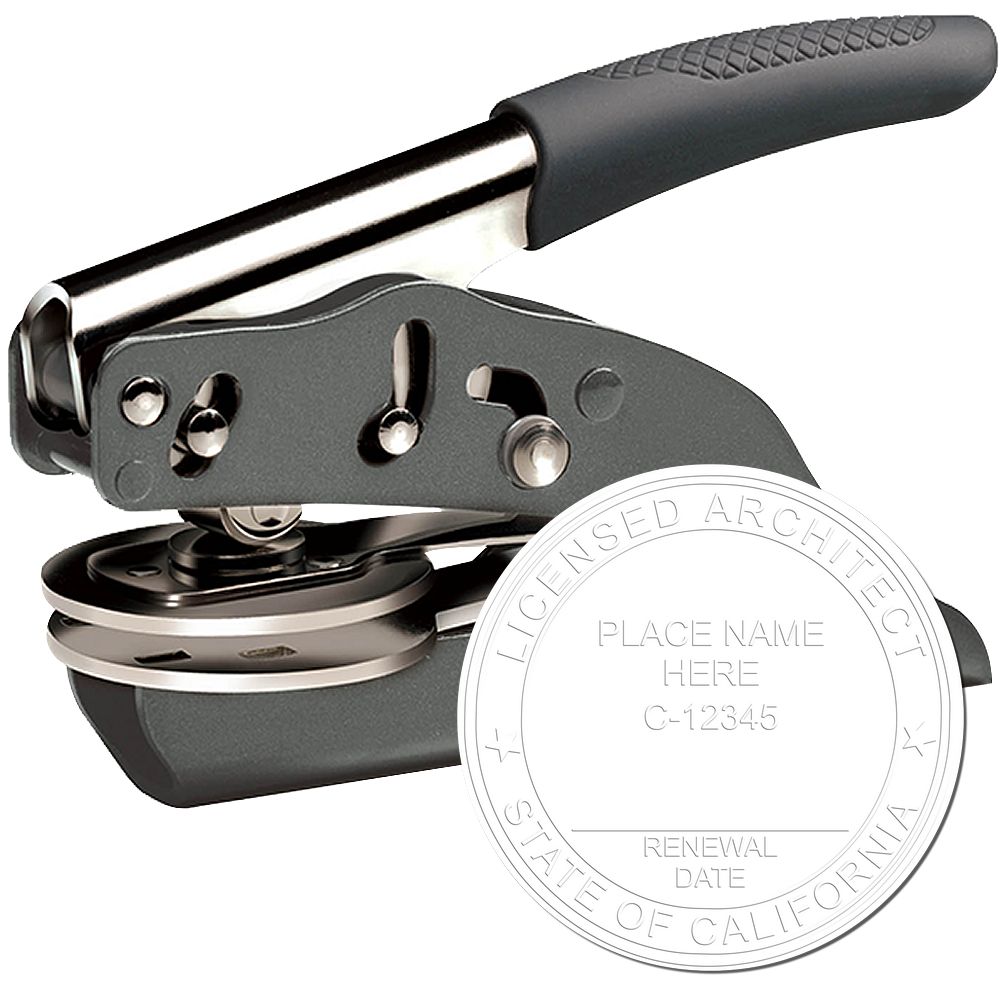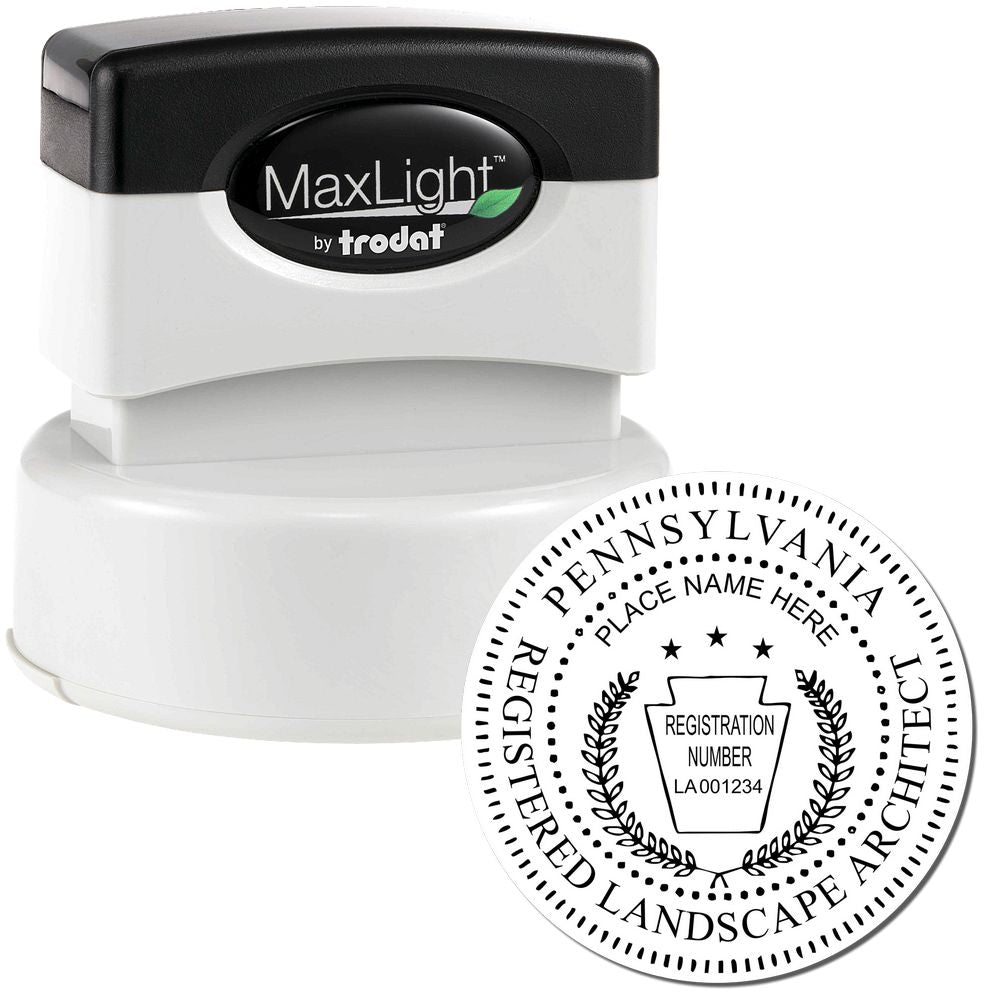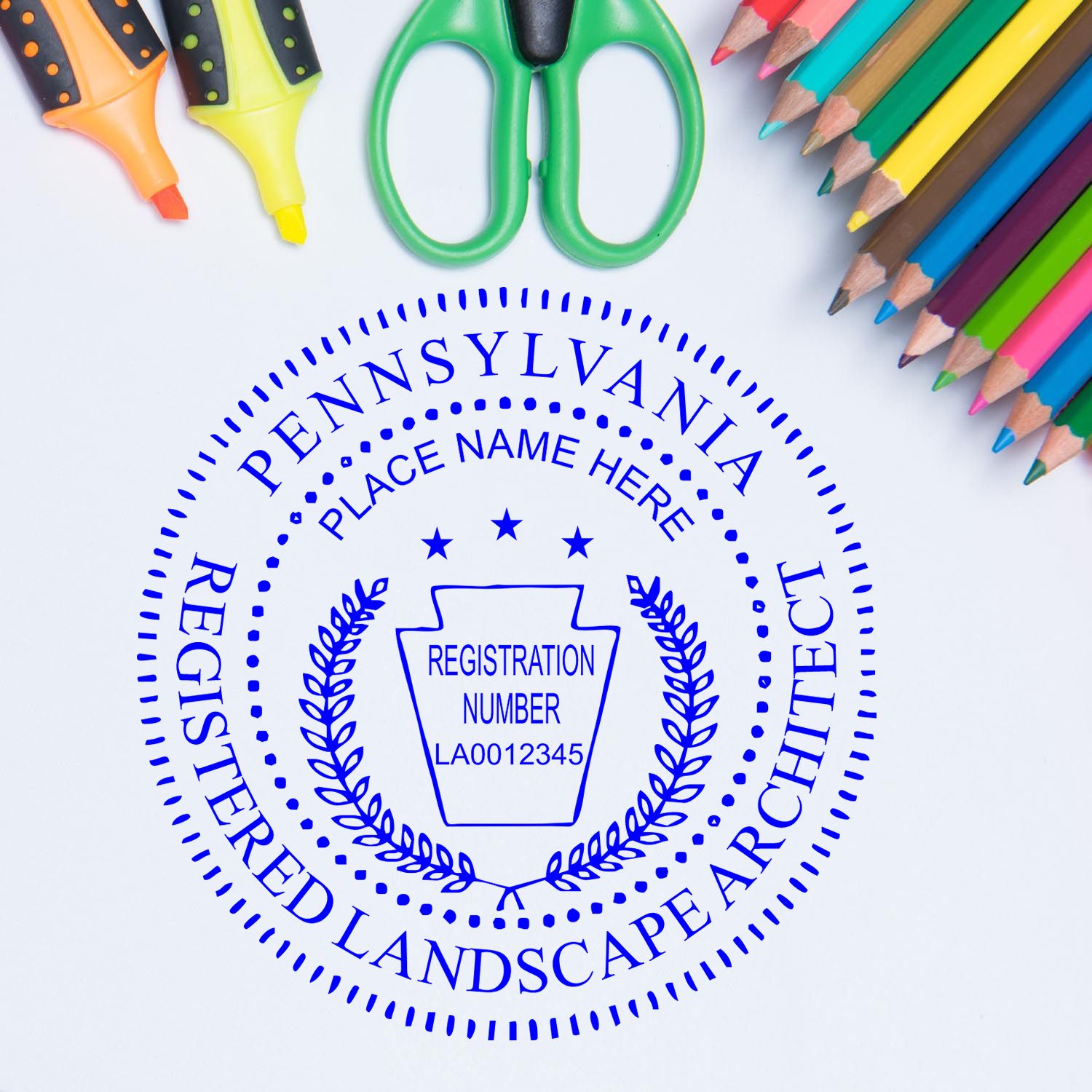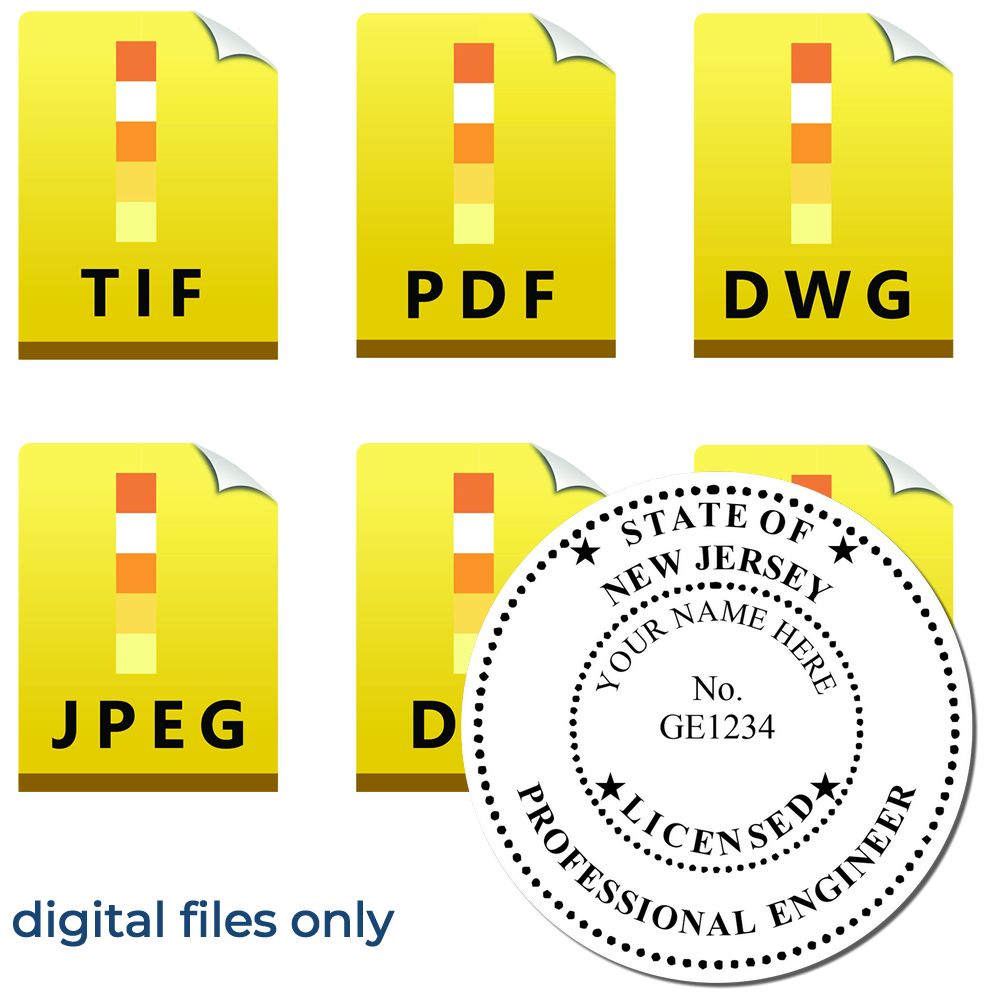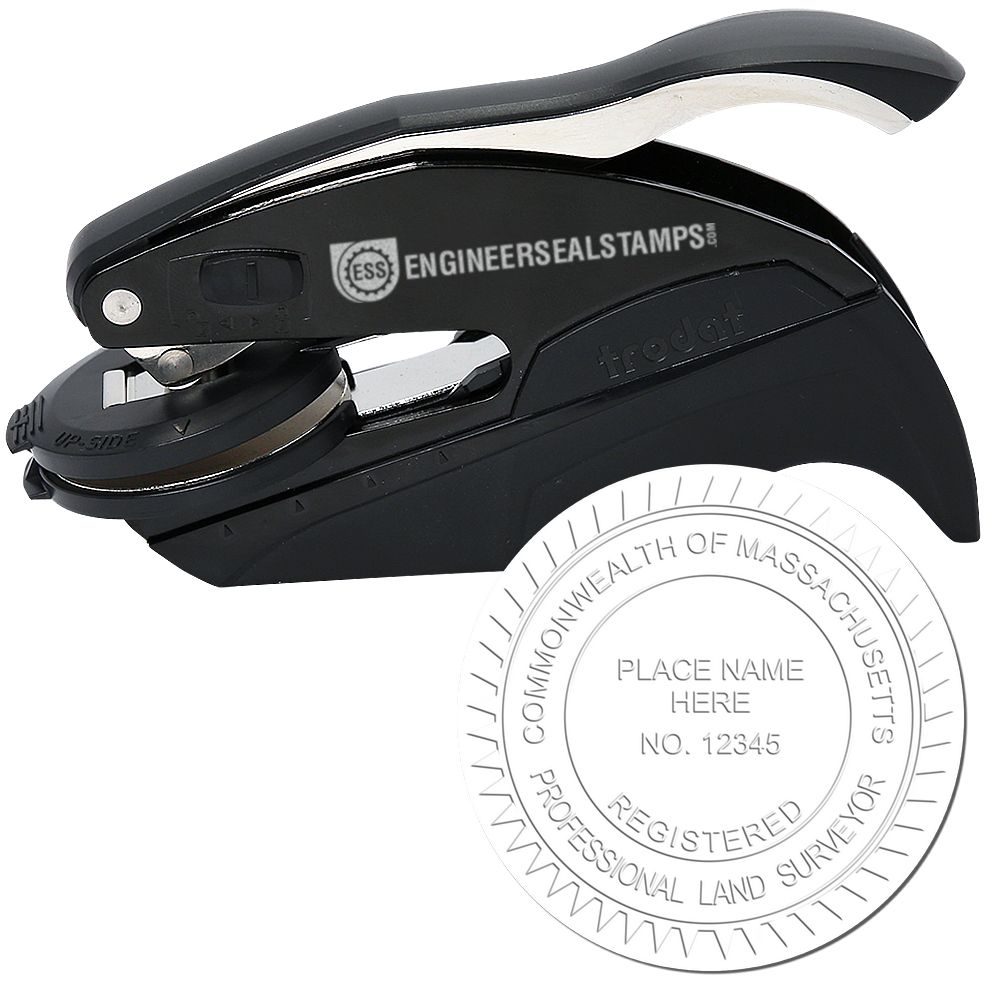Understanding Architect Seals
To begin our exploration of architect seals, it's essential to first understand what they are and their legal significance in the architectural field.
Definition and Purpose of Architect Seals
An architect seal, often used interchangeably with architect stamps, is a professional emblem or device used by architects to endorse or authenticate their architectural documents. These include drawings, specifications, and other design documents.
The primary purpose of architect seals is to verify that the documents they are affixed to have been prepared by a registered or licensed architect. This serves as a guarantee of the professional competency and legitimacy of the work. In essence, when an architect uses his or her seal on a document, they are asserting their responsibility for the content and confirming that it meets the required standards and regulations.
In addition to this, architect seals also reinforce the integrity of the architectural profession. They symbolize the architect's adherence to high ethical standards and commitment to public safety, welfare, and environmental considerations.
The Legal Standing of Architect Seals
The use of architect seals is not merely a matter of professional conduct but also has legal implications. In many jurisdictions, the application of an architect's seal on certain documents is a legal requirement. This is often mandated by state or regional architectural licensing boards.
The absence of a seal or the misuse of a seal can lead to legal consequences, including fines, license suspension, or revocation. Therefore, understanding the legal standing of architect seals is critical for practicing architects. For example, some jurisdictions require the seal to be visible on all copies of the architectural plans, while others may specify the size and design of the seal.
For a more in-depth understanding of the legal requirements and regulations associated with architect seals, refer to our article on architect seal requirements.
In conclusion, architect seals play an integral role in the architectural profession. They serve not only as a mark of professional competency but also as a legal requirement in many jurisdictions. As such, having a thorough understanding of architect seals is crucial for anyone practicing in the field.
Historical Significance of Architect Seals
To truly appreciate the importance of architect seals in contemporary practice, it's essential to understand their historical context, evolution, and enduring role in the industry.
Evolution of Architect Seals
The use of seals dates back to ancient civilizations, where they served as personal signatures or marks of approval. In the context of architecture, seals have undergone significant transformation over time, evolving from simple wax or clay imprints to intricate designs engraved on metal or created digitally.
Initially, architect seals were used to authenticate architectural drawings, plans, and other documents. With the advent of modern technology, the function of these seals has expanded, now encompassing digital formats compatible with CAD software and other digital design tools. Despite these technological developments, the fundamental purpose of the seal remains the same: to serve as an architect's professional endorsement on their work.
The Role of Architect Seals in the Industry
In the architectural industry, the seal is more than just a mark—it's a symbol of authority, expertise, and professional accountability. By affixing their seal on a document, an architect effectively certifies that they have personally reviewed the work and that it meets the applicable standards and regulations.
The use of architect seals has been instrumental in maintaining the integrity of the profession. It ensures that only licensed architects can take responsibility for architectural work, thereby upholding the public's trust in the profession. It is this pivotal role that has enshrined the architect seal as a cornerstone of professional practice.
Moreover, the seal serves as a visual representation of an architect's credentials and standing in the industry. Whether physical or digital, the seal embodies the architect's commitment to professional excellence and ethical practice.
In conclusion, the historical significance of architect seals lies not just in their evolution as tools of authentication, but their sustained role in upholding the values and standards of the architectural profession. For those seeking to acquire their own seal, our article on architect seal requirements provides a comprehensive guide to the process.
Architect Seals Today
The role and relevance of architect seals remain as significant as ever in the contemporary architectural landscape. In this section, we delve into how these seals are utilized in the present day and why it's crucial for every architect to have their own.
How Architect Seals are Used Today
Today, architect seals are employed as a formal sign-off on architectural drawings, blueprints, and other related documents. They serve to affirm that the work has been executed under the direct supervision of a licensed architect, in compliance with applicable laws and regulations. The seal is often accompanied by the architect's signature and date, further validating the document's authenticity.
It's important to note that the use of architect seals is not merely a professional norm but often a legal requirement. The seal serves as an assurance to clients, construction teams, and regulatory bodies that the architectural design adheres to industry standards and applicable building codes. For more on this, visit our page on architect seal requirements.
The Importance of Having Your Own Architect Seal
Having your own architect seal is more than just a professional obligation—it's a mark of your commitment to the profession and a testament to your credibility as an architect. Your seal is a representation of your professional identity, underscoring the quality and integrity of your work.
For architects, owning a personalized seal is also a matter of convenience and efficiency. Having your own seal at hand allows you to promptly authenticate your documents, be it in physical form or digital. This can significantly expedite your workflow, particularly in scenarios where quick turnaround times are crucial.
In addition, having your own architect seal can help differentiate your work in the competitive architecture landscape. A well-designed seal can subtly contribute to your branding efforts and increase recognition of your work. For guidance on creating a unique and professional seal, check out our article on architect seal design.
In conclusion, architect seals play an indispensable role in the architectural profession today. Whether you're an established architect or just starting in the field, investing in your own architect seal is a step towards professionalism, credibility, and efficiency in your work. For more information on obtaining your seal, refer to our guide on professional architect seals.
Types of Architect Seals
In the world of architecture, architect seals are a symbol of professionalism and authenticity. There are two main types of architect seals: physical seals and digital seals. Both serve the same purpose of validating and authenticating architectural documents, but their usage and application differ.
Physical Seals
Physical seals, often referred to as architect stamps, are traditional tools used to emboss or imprint a professional seal onto architectural documents. These seals are often made from high-quality materials and are designed to leave a clear and lasting impression.
Physical architect seals come in various forms, including hand-held embossers, desk embossers, and self-inking stamps. Hand-held embossers and desk embossers are typically used to create a raised impression on paper, while self-inking stamps use ink to create a clear imprint. You can learn more about these options in our article about architect stamps.
| Type | Description |
|---|---|
| Hand-held Embossers | Portable and easy to use. Ideal for on-the-go architects. |
| Desk Embossers | Stationary and robust. Suitable for office use. |
| Self-inking Stamps | Convenient and mess-free. No need for separate architect stamp ink. |
Digital Seals
With the rise of technology, digital architect seals have become increasingly popular. These seals are electronic versions of physical seals and are used to authenticate digital architectural documents.
Digital seals are often used in tandem with electronic signatures to approve and finalize digital plans and blueprints. This ensures the integrity of digital documents and verifies that they have been approved by a licensed architect.
Digital architect seals need to meet specific architect seal requirements to be considered valid. These requirements often involve the seal's design, size, and the information included within the seal. For more details on designing a seal, refer to our article on architect seal design.
Whether you choose a physical or digital seal will depend on your specific needs and the nature of your work. Physical seals may be more suitable for traditional projects involving paper documents, while digital seals can be ideal for architects working with digital documents. Regardless of the type, owning an architect seal is a critical aspect of professional practice in the field of architecture.
Acquiring Your Own Architect Seal
For architects, one of the final steps to professional recognition is acquiring your own architect seal. This seal is a symbol of your professional authority and is used to endorse architectural plans and drawings. However, the process of obtaining it involves understanding certain requirements and regulations and considering key factors.
Understanding Requirements and Regulations
Different jurisdictions have different rules regarding the use of architect seals. These regulations cover everything from the design of the seal to the qualifications required to use one. Understanding these regulations is crucial before you start the process of acquiring your own seal. For more specific information on the requirements in your area, refer to our article on architect seal requirements.
Common requirements for obtaining an architect seal include:
- Holding a valid license as an architect.
- Having a certain amount of professional experience.
- Complying with the specific design and size regulations of the seal.
| Requirement | Description |
|---|---|
| License | Must be a licensed architect |
| Experience | Must have a certain number of years of professional experience |
| Design | Must comply with specific design and size regulations |
Key Considerations When Getting Your Architect Seal
When you're ready to get your own architect seal, there are several factors to consider.
First, decide whether you want a physical seal or a digital seal. Physical seals are often embossed or stamped onto documents, while digital seals are applied electronically. Your choice will depend on how you plan to use your seal. For more information on the types of seals, visit our pages on architect seal embossers and architect stamp self-inking.
Next, consider the design of your seal. While there are regulations to follow, there may be some room for personalization. Think about how you want your seal to represent your professional identity. For some ideas, check out our article on architect seal design.
Lastly, if you're opting for a physical seal, consider the type of ink you'll use. Different ink types can create different impressions and have different durability. Learn more about this in our article on architect stamp ink.
Obtaining your own architect seal is an important step in your architectural career. It's a mark of your professional authority and a requirement for endorsing architectural plans and drawings. By understanding the requirements and regulations and considering your needs and preferences, you can acquire a seal that represents your professional identity.
About ESS
When it comes to purchasing rubber stamps, professional seals, notary supplies, date stamps, and other custom stamps, you deserve nothing but the best. That's precisely what we at ESS aim to provide. As a family-owned and operated business since 1964, we take immense pride in delivering exceptional quality and service to our clients. Our fast turnaround time ensures that you can get your hands on your custom products within 24-48 hours of placing your order. In addition, we offer a complimentary electronic seal with every professional seal purchase, making it easier for you to conduct your business. Our team of experts is always ready to assist you with any queries or doubts that you may have, ensuring a hassle-free and pleasurable shopping experience. We understand that customer satisfaction is of the utmost importance, and we make it our mission to ensure that you are completely satisfied with every purchase you make with us. At Engineer Seal Stamps, we strive to build trust and long-lasting relationships with our clients by offering exceptional quality, service, and value. So why wait any longer? Shop with us today and experience the difference!


